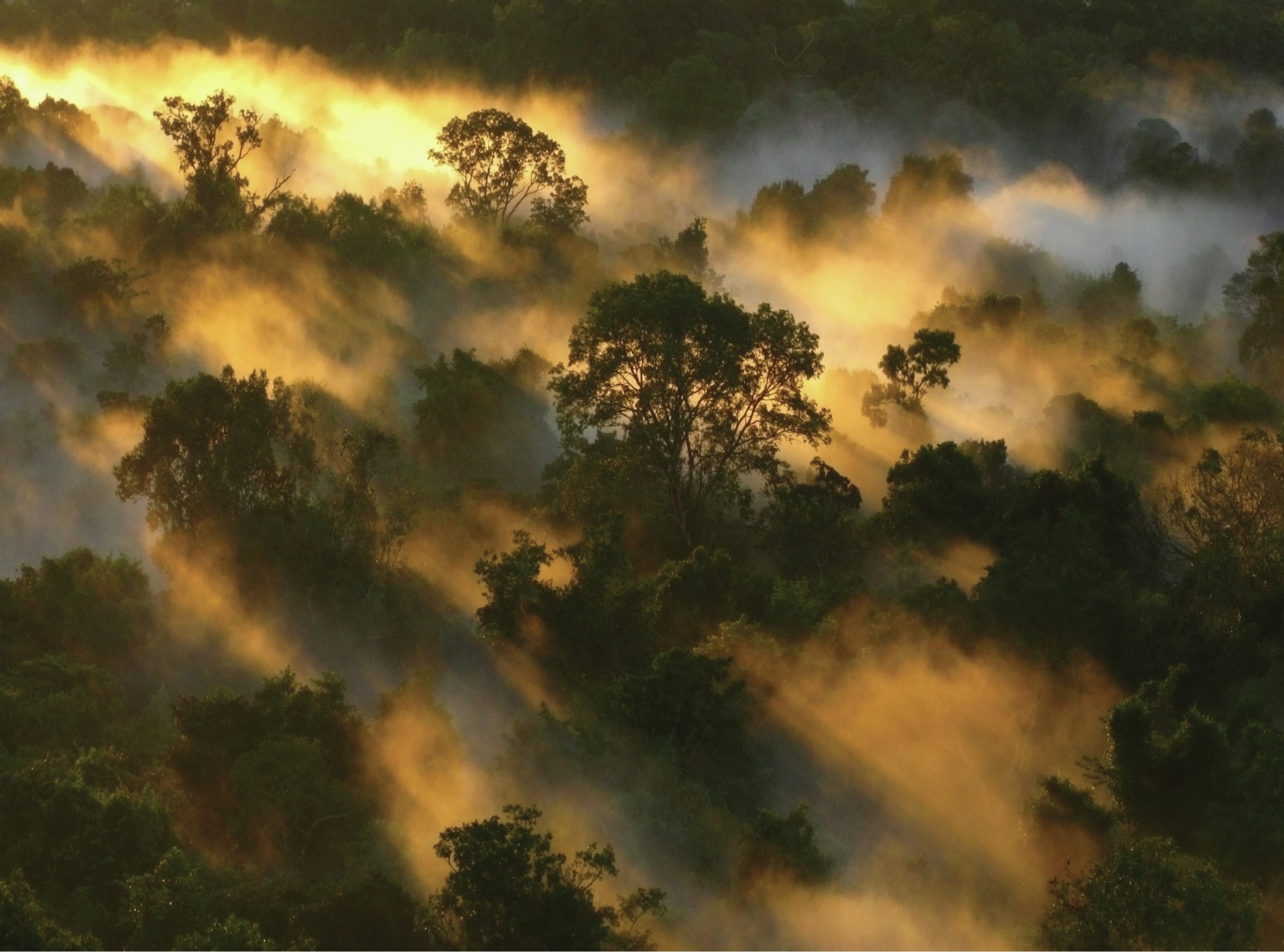
The Amazon forest is vast and magnificent. So huge in fact that it is possible to fly over it for hours on end, with nothing below but a seemingly endless carpet of green, interrupted here and there by winding, giant rivers and small oxbow lakes. Sometimes the rivers are coloured milk chocolate by the mud which washes off the towering Andes to the west. Sometimes they are sparkling and transparent, draining the ancient, crystalline rocks of the great Brazilian Shield to the south. And sometimes they are like black tea, stained by the tannins washed out from billions of leaves rotting on the forest floor of the north, where lush vegetation somehow manages to thrive on deep white sand.
The Amazon is many things to many people. But to a biologist or a physical geographer it is something akin to paradise. The sun glints back at you from these watery surfaces, and it is easy to imagine that it was always like this, and that it always will be...
Your organisation does not have access to this article.
Sign up today to give your students the edge they need to achieve their best grades with subject expertise
Subscribe




